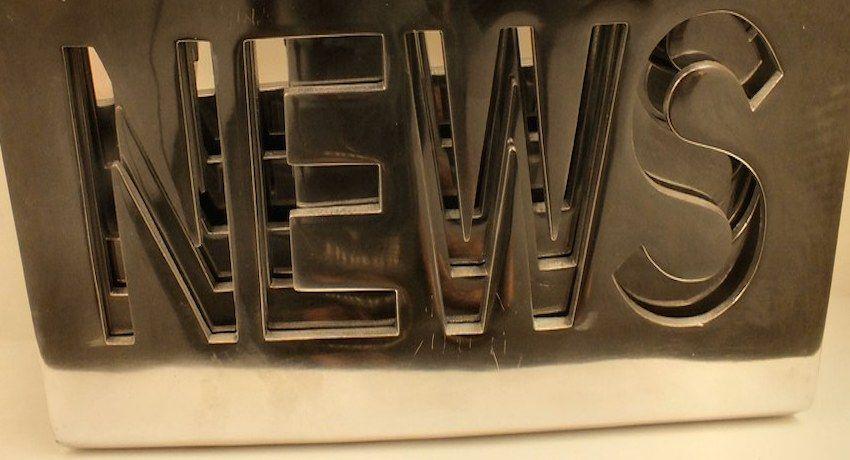
"BLACK IRISH" CASE
The applicant sought to register as a European Union Trade Mark (EUTM), before the EUIPO, the word sign “Black Irish”.The registration concerned goods in the following classes:
- Class 30 (Hot chocolate and frozen hot chocolate; coffees, teas)
- Class 32 (beer, ale, lager, stout and porter);
- Class 33 (Alcoholic coffee-based beverages containing whisky, cream-based liqueurs and/or poteen; alcoholic chocolate-based beverages containing whisky, cream-based liqueurs and/or poteen; spirits being whisky, cream-based liqueurs and/or poteen; alcoholic beverages containing whisky, cream-based liqueurs and/or poteen, etc…)
Both the examination division and at a later stage the Boards of Appeal (BoA) of the EUIPO, refused the EUTM application pursuant article 7.1.c) of the European Union Trade Mark Regulation (EUTMR), as they considered that the trade mark sought was descriptive.
The applicant lodged an appeal against this decision before the General Court (GC).
The Court reminded that, pursuant article 7.1.c) EUTMR, registration must not be granted to signs consisting exclusively to designate “the kind, quality, quantity, intended purpose, value, geographical origin”. In that regard, for the assessment of the descriptive character of a sign, the relevant public must perceive immediately that there is a link between the goods at stake and the description or characteristics of these.
The Court held that, as regards the relevant public, since the word “Black Irish” was written in English, the English-speaking consumers in the EU will understand the term as “something that is very dark or black and Irish”.
With regard to the link between the sign and the characteristics or description of the goods, the Court confirmed that the sign “Black Irish” was descriptive. For the goods designated in class 30 (hot chocolate, tea or coffee), the general public could perceive that the sign was providing information about the dark colour of the beverage or the place of production (Ireland). The same reasoning was applicable to the goods in class 32 (beer, ale, lager, stout and porter) and goods in class 33 (alcoholic coffee-based beverages containing whisky, cream-based liqueurs and/or poteen; alcoholic chocolate-based beverages containing whisky, etc…).
The GC, after having analysed the arguments of each party, upheld BoA’s decision, confirming the descriptive character of the sought trade mark. Therefore, the appeal was dismissed and the applicant couldn’t succeed in registering the word sign sought.
LINDT’S EASTER BUNNY
The golden Easter bunny chocolate from the Swiss company Lindt & Spruengli has won a legal battle before the Supreme Court of Switzerland.
This time, it was against the German supermarket chain Lidl, which was producing similar chocolate bunnies.
Lindt was able to prove that the chocolate bunny wrapped in gold-coulored foil, was well-known among the Swiss public and, although there were differences between both bunnies, they were not distinctive enough to exclude a likelihood of confusion.
For this reason, the Court issued a decision stating that the golden bunny deserved protection against possible infringement. As a consequence, the Court ordered the destruction of Lidl’s chocolate bunnies.
This is not the first time that Lindt’s gold bunny goes to Court. For instance, last year the German Supreme Court ruled that the gold tone of the foil covering the bunny was protected. Even though, protection was not achieved for the shape of the bunny.
Details
- Publication date
- 30 September 2022
- Author
- European Innovation Council and SMEs Executive Agency
